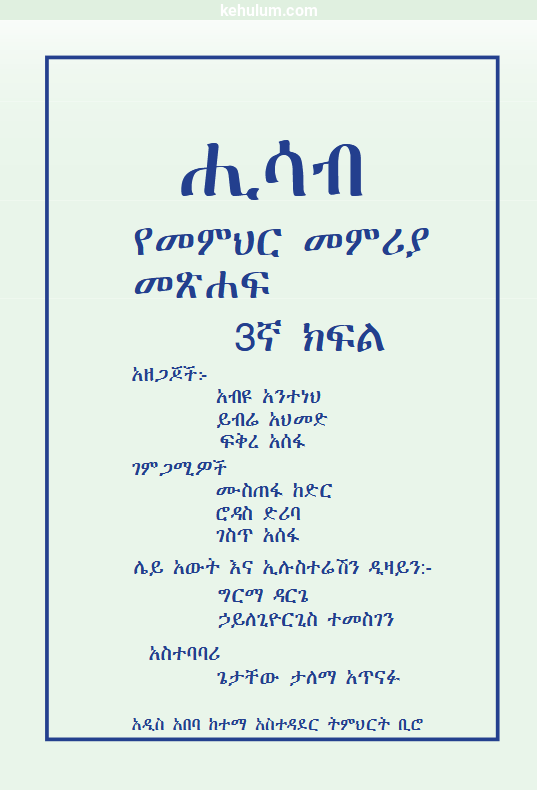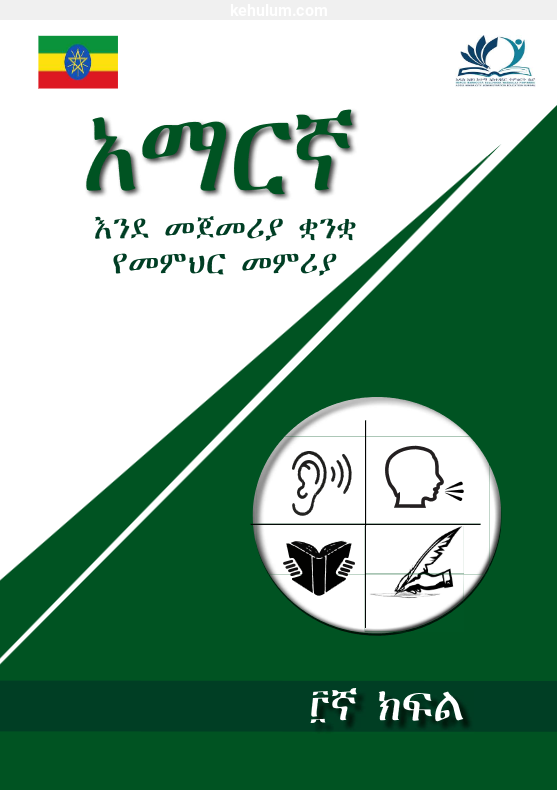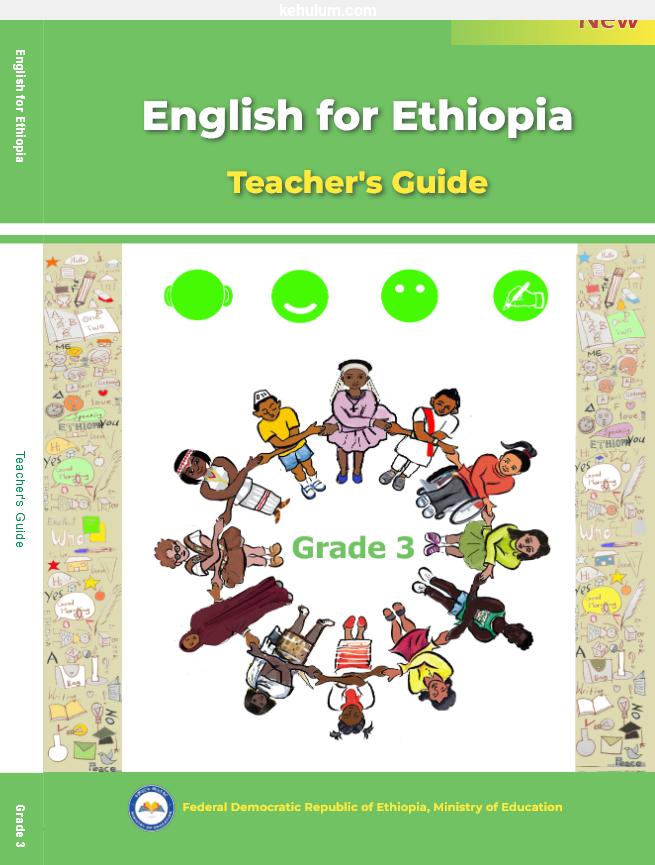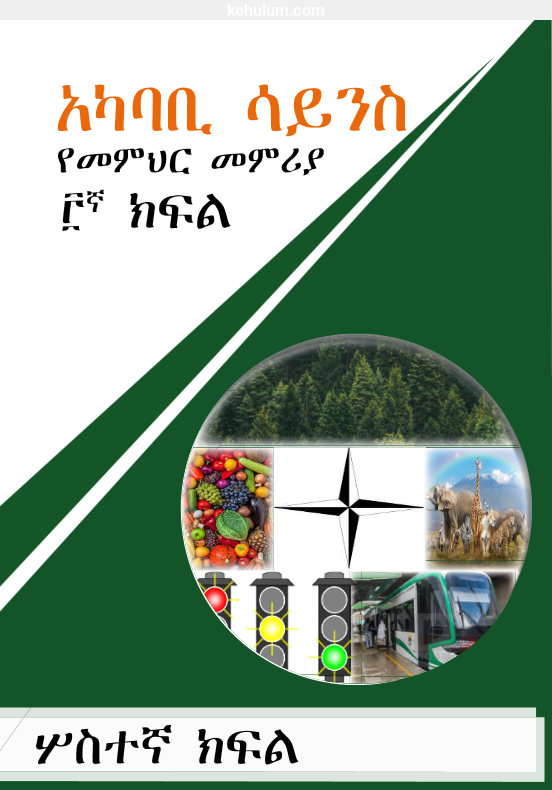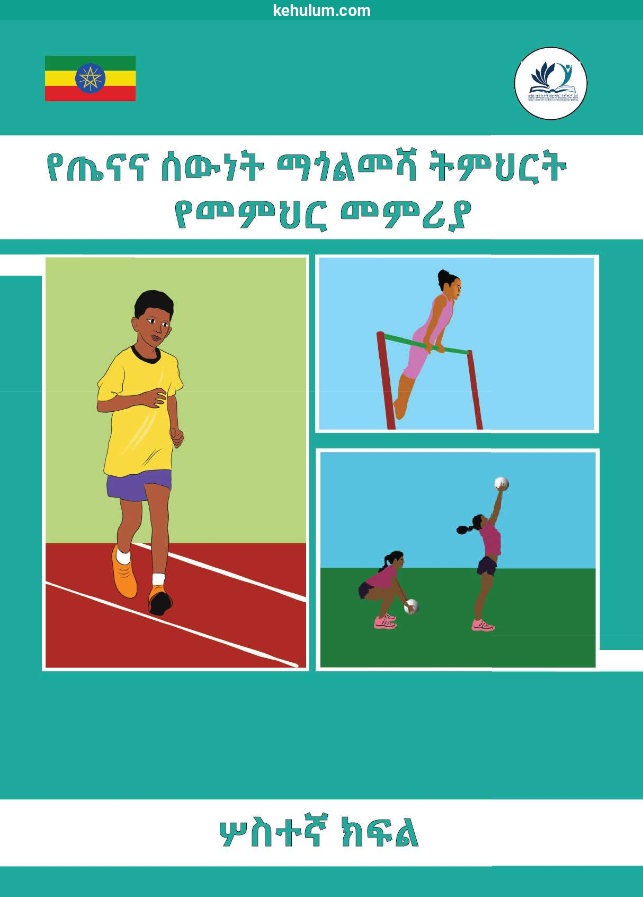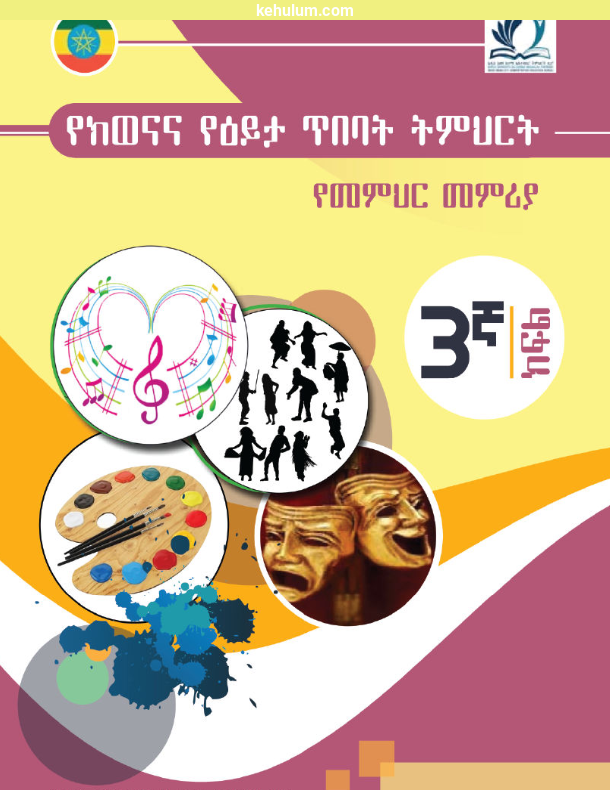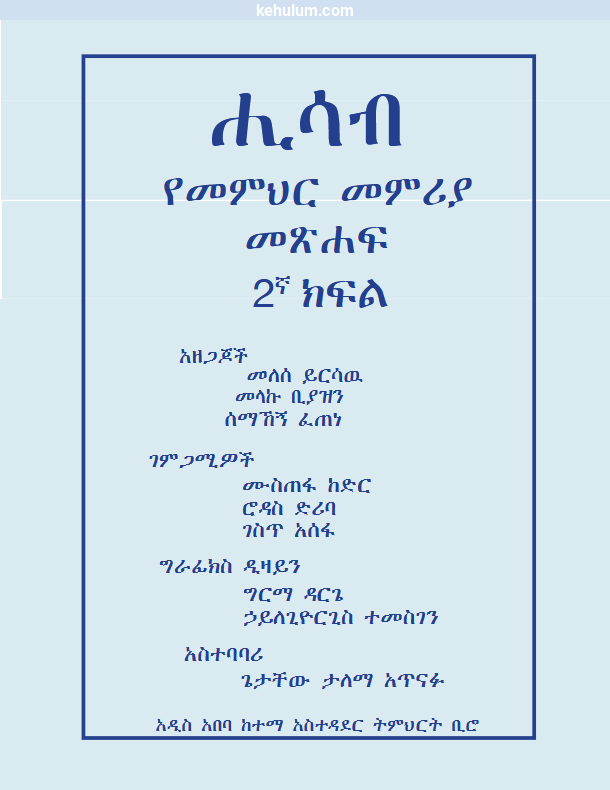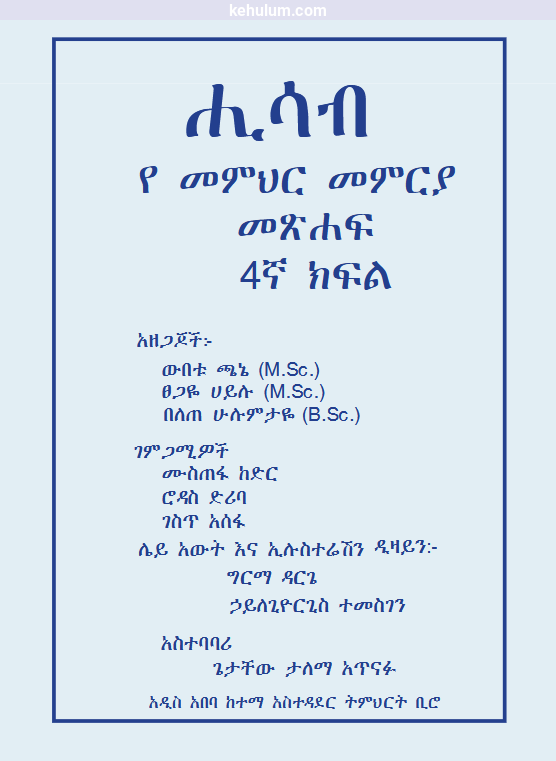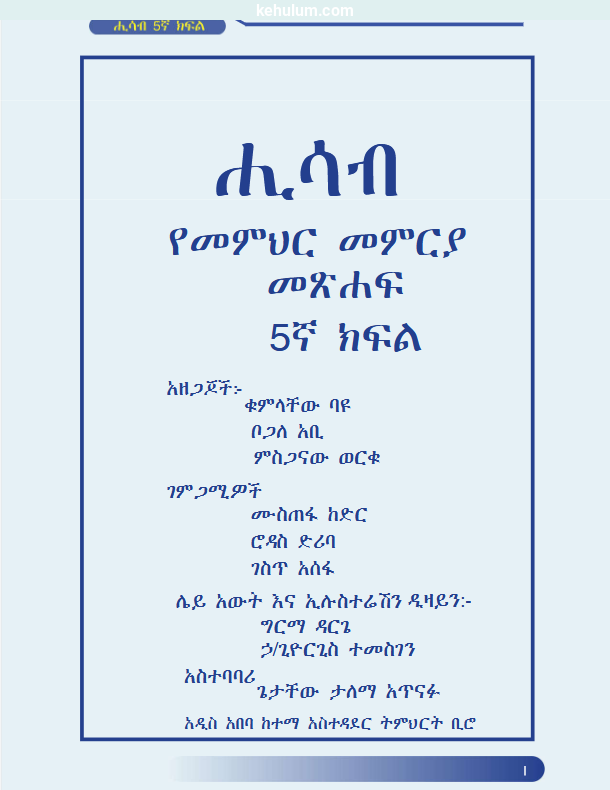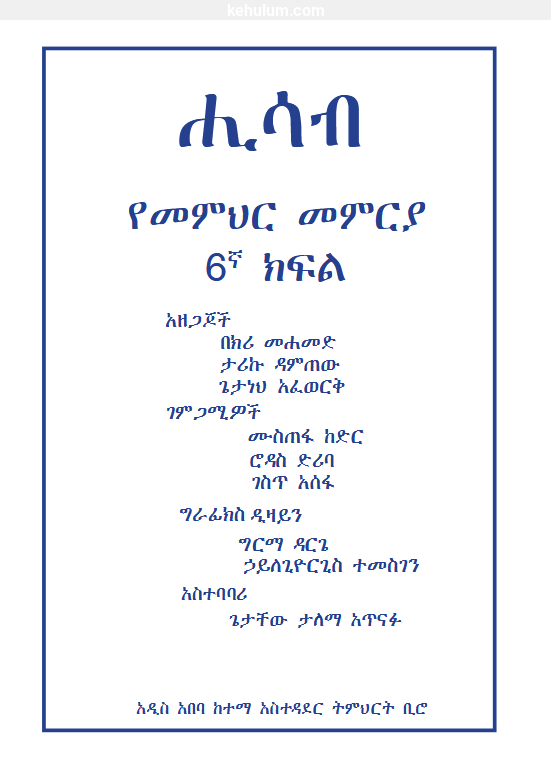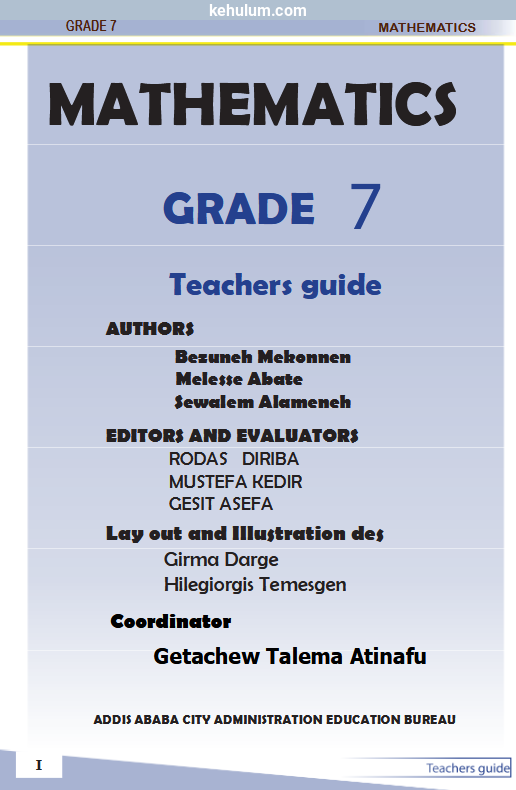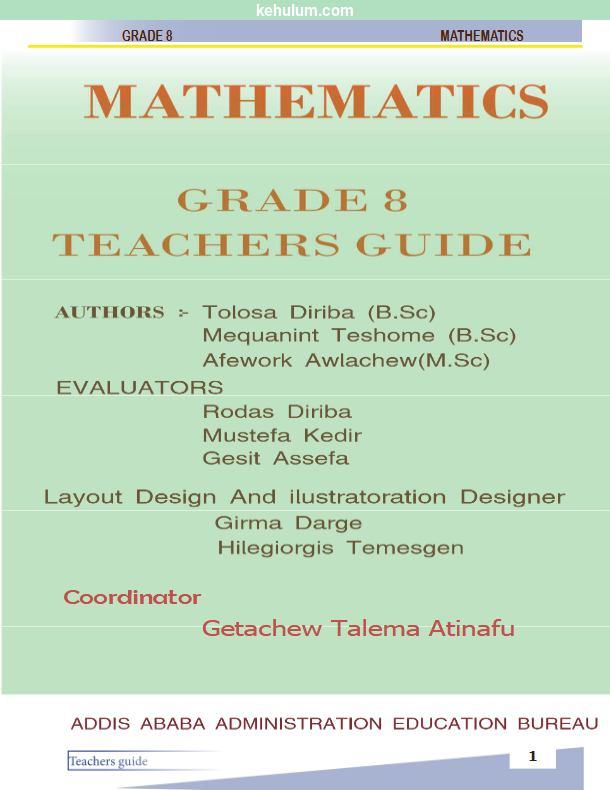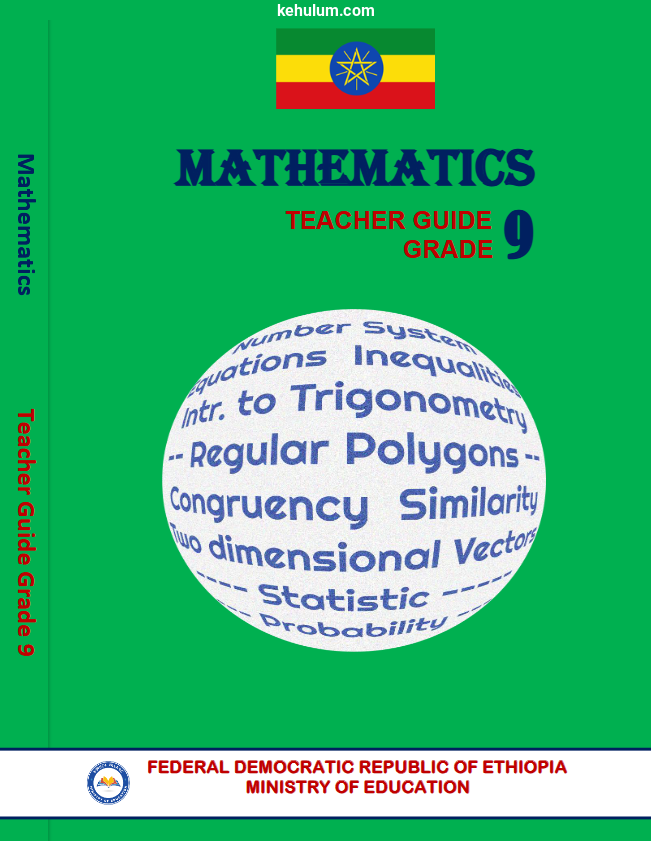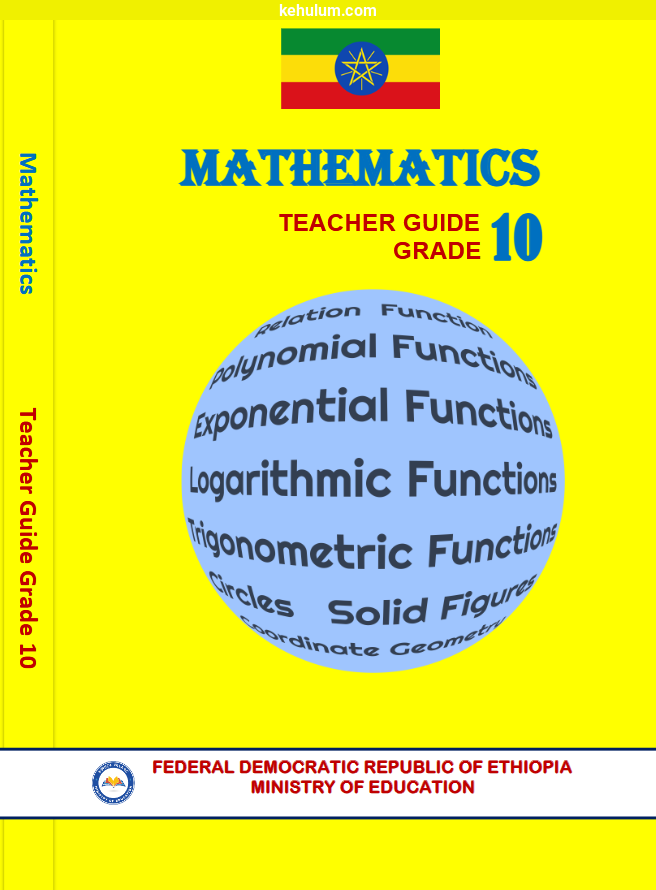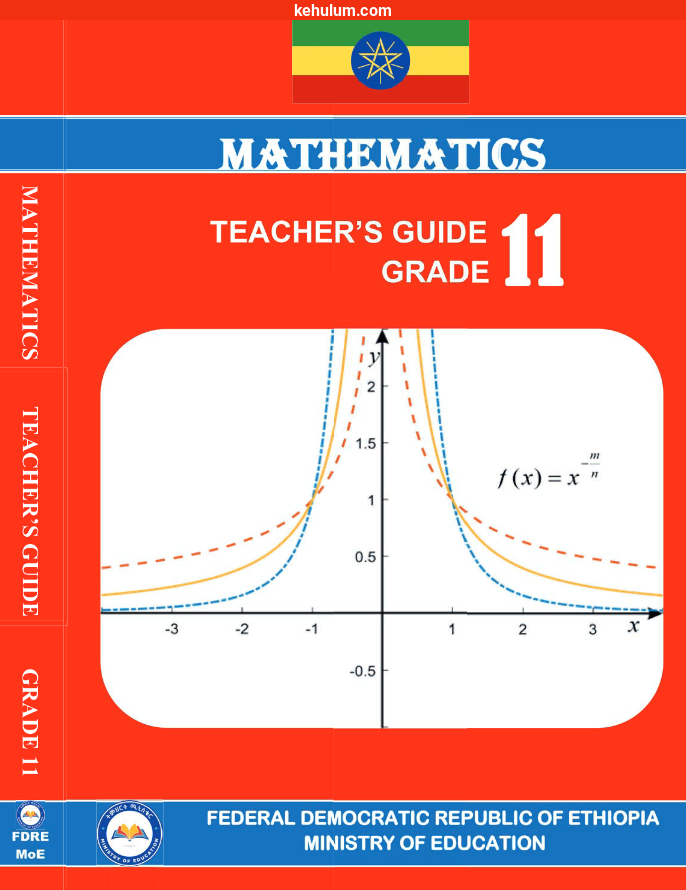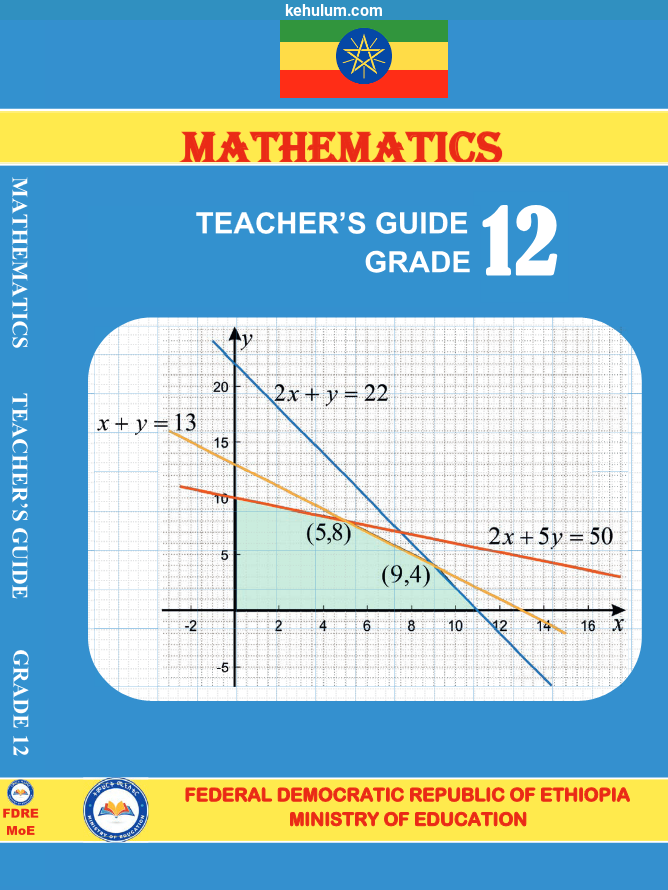Advertisement
Related grade 3 new curriculum Teacher's Guide
Ethiopian New Curriculum Grade 3 Mathematics Teacher's Guide Summery
The Ethiopian Grade 3 Mathematics Teacher’s Guide is designed to help Teachers effectively deliver math lessons aligned with the new competency-based curriculum. It provides clear instructional strategies, chapter objectives, assessment techniques, and real-life application examples. The guide supports Teachers in fostering students’ mathematical reasoning, problem-solving, and practical number sense relevant to daily life.
Teacher's Guide Summery
- Country: Ethiopia
- Publisher: Addis Ababa City Administration Education Bureau
- Subject: Mathematics
- Grade: 3
- Curriculum: New
- Type: Teacher's Guide
- Language: In Amharic
- Total Units: 10 units
- Total Pages: 42
- File Size: 1.9 MB
- File Format: PDF
Chapters
The Ethiopian New Curriculum Grade 3 Mathematics Teacher’s Guide contains three main chapters (ምዕራፍ 3) as follows:
- ምዕራፍ አንድ / Chapter One – Whole Numbers up to 10,000 and Their Order (እስከ 10000 ያሉ ሙሉ ቁጥሮች እና ቅደም ተከተላቸው)
- ምዕራፍ ሁለት / Chapter Two – Adding and Subtracting Whole Numbers up to 10,000 (እስከ 10000 ያሉ ሙሉ ቁጥሮችን መደመር እና መቀነስ)
- ምዕራፍ ሶስት / Chapter Three – Multiplying Whole Numbers up to 1,000 (እሰከ 1000 ያሉ ሙሉ ቁጥሮች ማባዛት)
Chapter 1: Whole Numbers up to 10,000 and Their Order
This chapter helps Teachers guide students in understanding and comparing whole numbers up to 10,000. Teachers assist students in identifying place value, sequencing numbers, and recognizing patterns in multiples of 100 and 1000. Lesson plans emphasize number representation, ordering, and real-world applications such as comparing quantities and costs.
Expected Learning Outcomes for Teachers to Achieve:
- Support students in reading, writing, and comparing whole numbers up to 10,000.
- Facilitate ordering and sequencing of numbers effectively.
- Relate number concepts to real-life contexts (e.g., prices, distances).
Chapter 2: Adding and Subtracting Whole Numbers up to 10,000
This chapter focuses on guiding Teachers to develop students’ skills in performing addition and subtraction with larger numbers. The Teacher’s Guide provides structured examples, mental math techniques, and problem-solving exercises for real-world word problems.
Expected Learning Outcomes for Teachers to Achieve:
- Help students accurately add and subtract numbers up to 10,000.
- Use visual aids and manipulatives to reinforce understanding.
- Guide students in solving contextual problems requiring addition or subtraction.
Chapter 3: Multiplying Whole Numbers up to 1,000
This chapter equips Teachers with strategies to introduce multiplication involving numbers up to 1,000. Teachers are encouraged to use repeated addition, grouping, and array models to build conceptual understanding. The guide also includes word problems, multiplication drills, and tips for reinforcing number patterns and multiples.
Expected Learning Outcomes for Teachers to Achieve:
- Lead students to multiply whole numbers by single-digit numbers effectively.
- Reinforce recognition of multiples of 10, 100, and 1,000.
- Facilitate practice through contextual and meaningful exercises.
Advertisement
Related grade 3 new curriculum Teacher's Guide
Frequently Asked Questions
How many units are covered in the Ethiopian Grade 3 Mathematics new curriculum teacher's guide?
The Teacher's Guide supports a total of 10 instructional units based on the new Ethiopian curriculum.
How many pages are in the Ethiopian Grade 3 Mathematics new curriculum teacher's guide?
The Teacher's Guide contains 42 pages filled with detailed instructional strategies.
What is the file size of Ethiopian Grade 3 Mathematics new curriculum teacher's guide?
The Teacher's Guide PDF file size is 1.9 MB, easily accessible on all devices.
How do I download the Ethiopian Grade 3 Mathematics new curriculum Teacher's guide PDF for free?
Simply click the download button on the page
Is the Grade 3 Mathematics teacher's guide available for both old and new curriculum?
Yes, kehulum.com provides teacher guides for both Old and New Ethiopian curriculum.
Related new curriculum mathematics Teacher's Guide
Advertisement

